Most Frequently Missed Private Pilot Written Test Questions—January 2025
Flight Training Central
FEBRUARY 14, 2025
Based upon the altitude indicated by altimeter #3, which course direction is appropriate for this VFR cruising altitude? Of what value is the Weather Depiction Chart to the pilot? For determining general weather conditions on which to base flight planning Correct! 3,823 feet MSL the surface 700 feet AGL Correct!

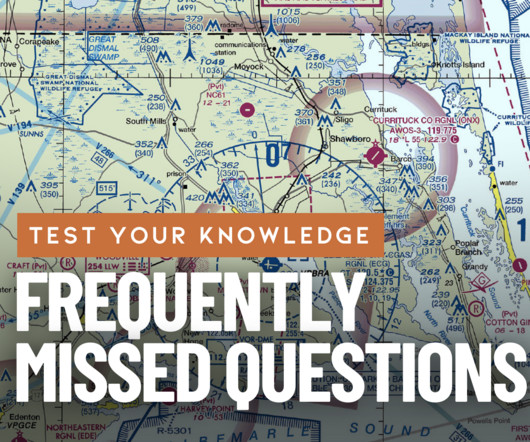
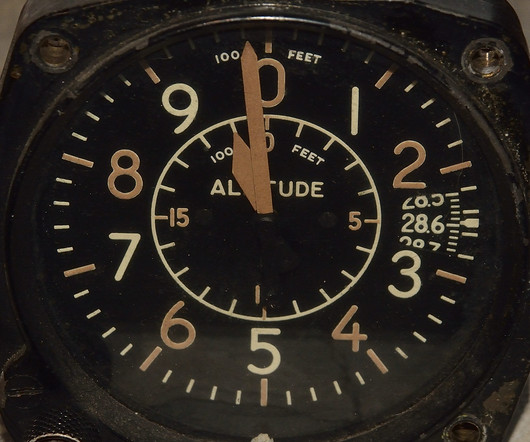



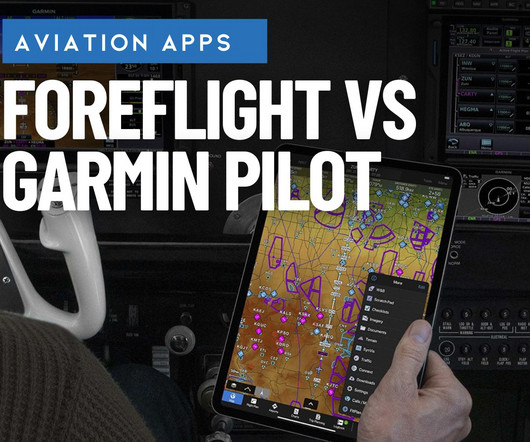

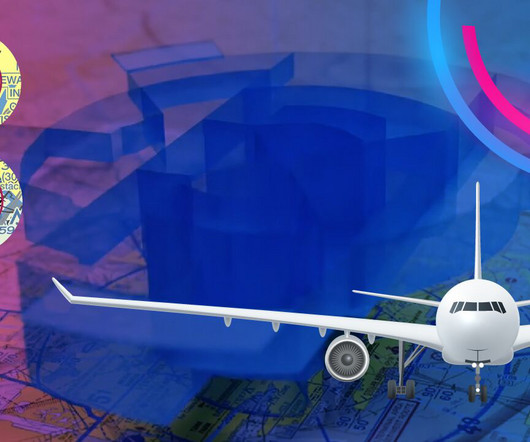

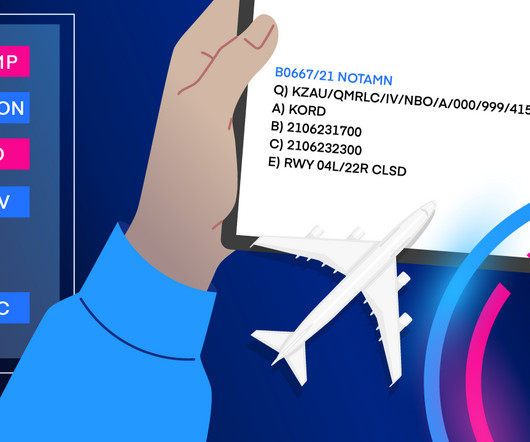







Let's personalize your content